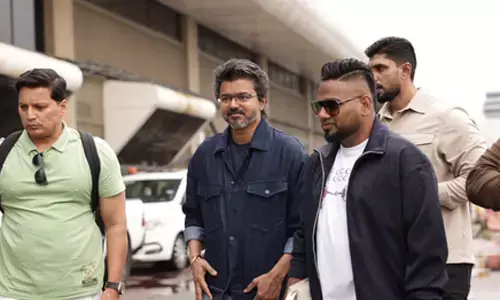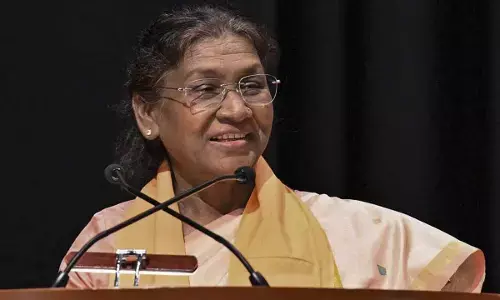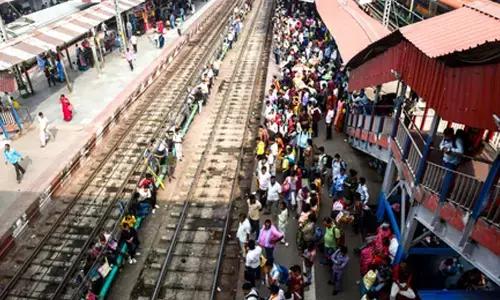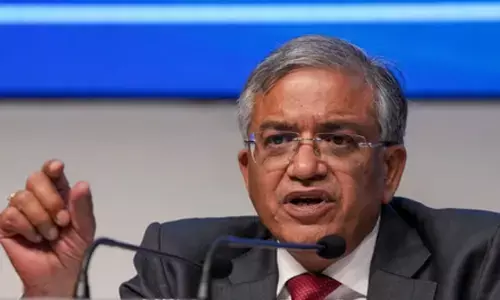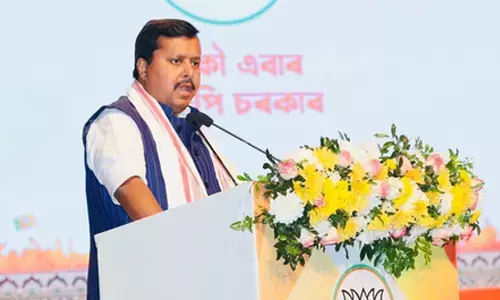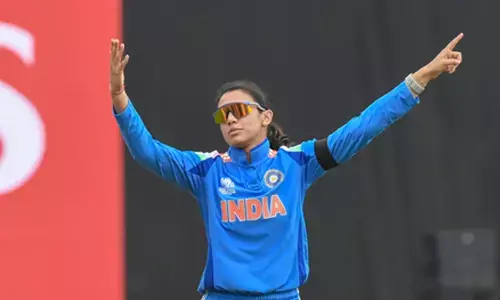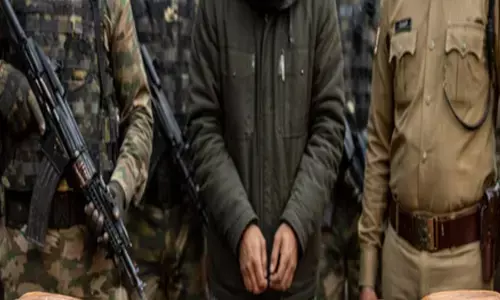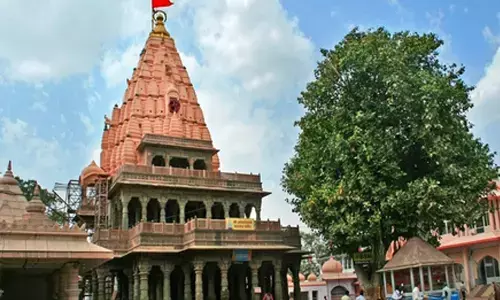Justice for marginalised sections among Dalits

Ever since united Andhra Pradesh is bifurcated into Andhra Pradesh and Telangana States, both the new governments have started attracting Dalits by announcing welfare programmes.
Ever since united Andhra Pradesh is bifurcated into Andhra Pradesh and Telangana States, both the new governments have started attracting Dalits by announcing welfare programmes.
As the two governments are introducing various developmental models to fulfil election promises, a discussion has started among the Dalits or the Scheduled Castes about their development. The initial period of new-born state is an important period for marginalised groups, particularly Dalits. Their alertness, questing, intervention in the naming of various institutions, bringing new symbols, setting new syllabus for school education, forming of various committees and making new legislations play a crucial role in shaping and reshaping the vision and development of the state.
While the ruling class tries to divide Dalits, it is also true that they are forced to focus on development around the dominant numerically majority caste – either Mala or Madiga – within the Dalits. The numerically smaller castes like Dakkali, Chindu, Mehatar, Mochi, Mateen, Baindla, Gosangi etc., neither form part of the negotiating agenda nor are politically taken into consideration. This sort of tendency excluded various numerically smaller castes and affected their education, employment, development and political representation for a long time. Until the Dandora Movement (MRPS-1994) demanded their representation in various fields, there had been no much discussion on these castes.
However, it is shocking to hear that after 68 years of independence India, some of these castes don't have any legal identification proof. Historically, these castes are nomadic moving from one village to another village by performing art forms and begging for their livelihood. To get identification proof or caste and residential proof, they have to undergo many hurdles to get the RDO approval, whereas Mala and Madigas can get the same from the MRO.
Because of negligence by officials and their lack of understanding about these castes, the smaller Dalit castes are forced to seek either Mala or Madiga caste certificates. There are many cases where Chindu caste people got Madiga certificates and Netakani got Mala certificates. Further, the population of these communities is recorded in government reports in thousands, whereas they exist in lakhs, Thereby, they are counted as a SC numerically minority caste. Consequently, they are counted as politically irrelevant force and neglected.
Recently, the Telangana government announced some jobs for artistes and land distribution scheme. But, the pertinent question is to what extent these welfare measures will reach the lowest. Besides, both Telugu States announced financial assistance to Dalit students for foreign studies, It is said that already dominant scheduled castes have started negotiations with the governments for major share, which will put minority communities at disadvantage. As long as there is no separate allocation for these communities, they won't get any justice.
There is an immediate need to revise the Scheduled Caste list because some castes are not present either in Telangana or Andhra Pradesh – Relli, Adi-Andhra etc are not present in Telangana, while Netakani, Nulaka Chandaiah etc are not present in Andhra Pradesh.
In order to be more inclusive, governments should allocate sub-plan funds as per caste population proportion. They also need to recognize and preserve the art forms of the various SC castes.
Within the Dalit movement and among Dalit intellectuals and activists there is a feeling that supporting the SC reservation rationalization and building broader Bahujan politics are contradictory, but they are not contradictory. In fact, they are complimentary.
The long pending SC reservation rationalization issue is yet to be resolved in the context of state division. Some groups are campaigning against the demand. But the existing inequality among the Dalits clearly demands the necessity of SC categorization. The early resolution of this issue will create feasible conditions for the Dalit unity and also independent politics.
Therefore, the Dalit intelligentsia, activists and leaders should realise that justice for the most marginalised sections among the Dalits and their viewpoints have a great capacity to deepen the Phule, Ambedkar and Kanshiram philosophical praxis and create conditions for autonomous politics of the oppressed.









